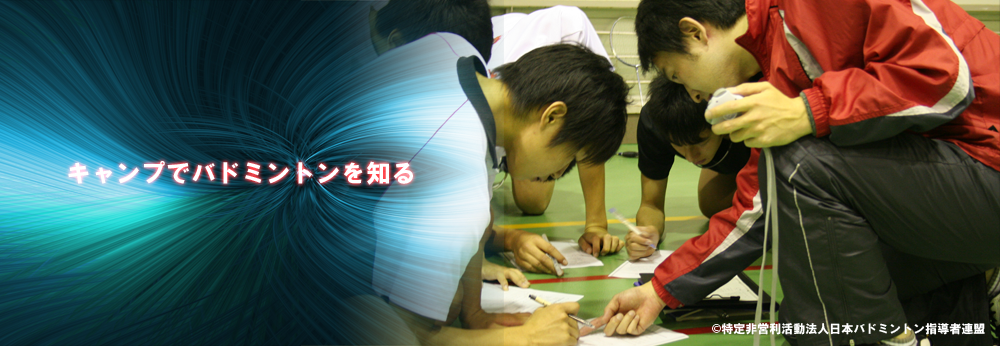ホーム › フォーラム › バドミントン・コミュニティー › Portrait of Willem Heitheissen
このトピックには0件の返信が含まれ、1人の投稿者がいます。3 年、 10 ヶ月前に demetriusm17 さんが最後の更新を行いました。
-
投稿者投稿
-
demetriusm17<br><br>Portrait of Willem Heitheissen – a painting by the Dutch artist Frans Hals (1580 / 1585-1666), the founder of the Dutch realistic school.<br>Historical setting<br>The pathos of the portrait lies in a kind of self-assertion of the model, which causes the artist to have an ambivalent attitude towards her. The theme of active self-affirmation of the was generally one of the leading in the work of Huls. It has deep historical roots, arose as a result of the formation of a developed national and social consciousness not only of the Dutch burghers, but of the entire Dutch people, who defeated the strongest enemy in the person of Spain, which ruled the Netherlands for a long time and misery and suffering to the country. Hals was one of the first to notice the sense of legitimate pride of the new masters of the country, who broke the power of the nobles and now received it not by inheritance, but thanks to personal abilities and merits, and was repeatedly embodied in many portrait images in the twenties and thirties.<br>Ceremonial portrait<br>„Portrait of Willem Heitheissen” entered the „Old Pinakothek” from the collection of the Duke of Liechtenstein. It is made in the style of a ceremonial aristocratic portrait in the spirit of van Dyck and, undoubtedly, in some way parodies his composition. A full-length image, a proud posture, a top-down look at the viewer from under half-closed eyelids, one hand resting on the hip and a sword thrust forward in the other – all these elements were spied on by Huls. However, they are all somewhat caricatured: the stance of the figure is awkward, the elbow is too protruding, the sword is far behind, the folds of the decorative curtain fall without the proper noble effect. It seems that everything is from someone else’s shoulder – the surroundings are out of harmony with the figure „tradesman in the nobility„.<br><br> van Dyck. Portrait of Philippe Le Ro. 1630. The Wallace Collection. London<br><br>Anthony van Dyck. Lord John Stewart and Lord Bernard Stewart. OK. 1638. National Gallery. London<br>Bourgeois in the nobility<br>Khals expressed the claims of the burghers who had acquired power with no less bitterness and irony than his contemporary Moliere. Most of all, the customer is given out by a person on which you can not read anything except the limited mind and weakness of character. The person depicted was a grain merchant in Haarlem, a wealthy upstart who traveled half of Europe on his business and, in imitation of the nobility, acquired a luxurious home. He is dressed in the new fashion: the sword certifies him more as an officer than a businessman. In those days, the war with Spain was still going on, and every burgher was ready to defend himself with weapons in his hands. However, in this gesture, Hulse saw not a manifestation of courage, but empty bravado. At the feet of his hero are roses, the symbol “Vanitas„(Vanity of vanities), – a hint of the fast-flowing flowering of life.<br>
-
投稿者投稿






